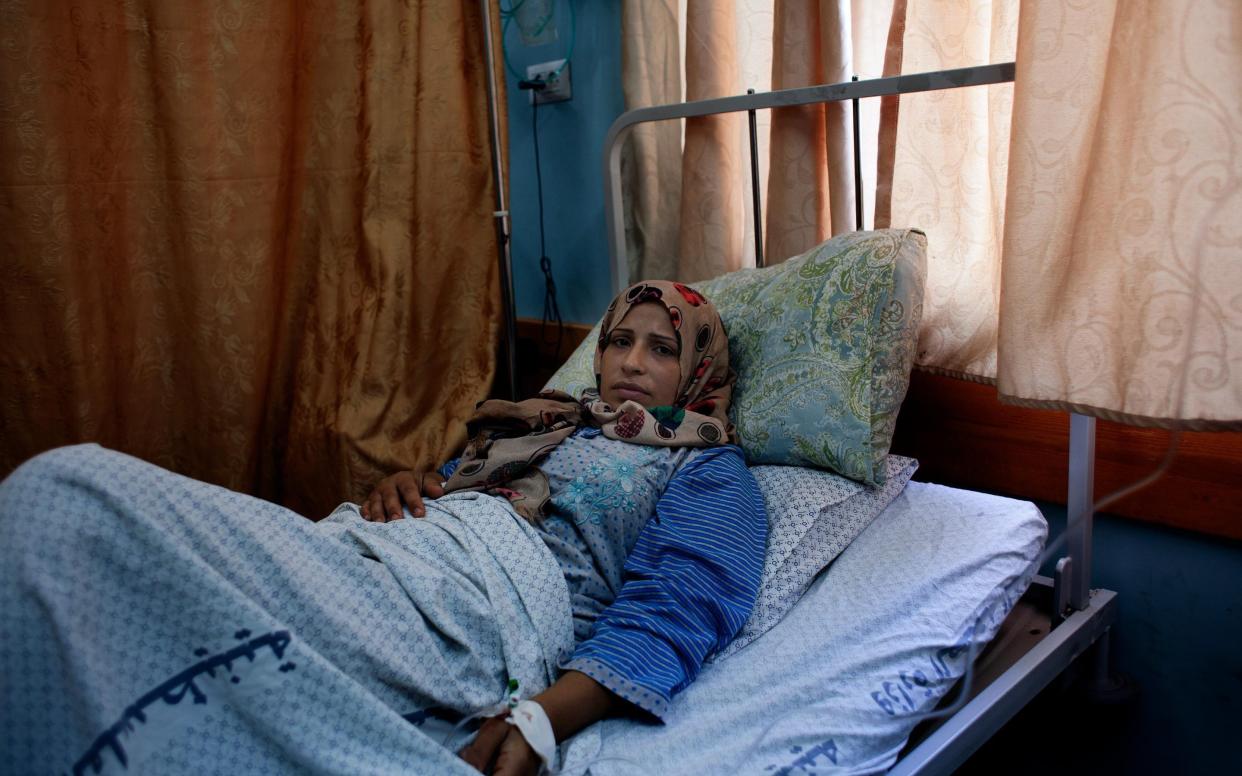Two million pregnancies end in stillbirth every year, report finds


Babies across the world are dying at extraordinary rates despite hard-won gains in women and children's health, a landmark report on stillbirths has found.
Staggering new figures show that globally one baby every 16 seconds dies before they have drawn their first breath.
That equates to almost two million babies stillborn every year, according to the first ever joint estimates released by Unicef, the World Health Organization (WHO), the World Bank Group and the Population Division of the United Nations Department of Economic and Social Affairs.
Many of these deaths would be preventable if ready access to lifesaving medicine and care had been available, the report shows.
And while stillbirth rates continue to enact the highest toll on women in the world’s poorest and most under-resourced countries, globally the number of stillbirths is estimated to soar if the coronavirus pandemic continues to disrupt health services.
“Losing a child at birth or during pregnancy is a devastating tragedy for a family, one that is often endured quietly, yet all too frequently, around the world,” said Henrietta Fore, Unicef executive director.
“For many of these mothers, it simply didn’t have to be this way. A majority of stillbirths could have been prevented with high quality monitoring, proper antenatal care and a skilled birth attendant," she said.
Even before the pandemic caused critical disruptions to health services, few women in low- and middle-income countries received timely and high-quality care to prevent stillbirths.
More than 40 per cent of all stillbirths occur during labour – a loss that could be avoided with access to a trained health worker at childbirth and timely emergency obstetric interventions – but the tragedy is not felt equally.
Broken down by region, around half of stillbirths in labour occur in sub-Saharan Africa and Central and Southern Asia, compared to just six per cent in Europe, North America, Australia and New Zealand.

Despite advances in health services to prevent or treat causes of child death, progress in lowering the stillbirth rate has been slow.
From 2000 to 2019, the annual rate of reduction in the stillbirth rate across the global was just 2.3 per cent, compared to a 2.9 per cent reduction in newborn deaths, and 4.3 per cent in mortality among children under five.
"Welcoming a baby into the world should be a time of great joy, but everyday thousands of parents experience unbearable sadness because their babies are still born,” said Dr Tedros Adhanom Ghebreyesus, WHO Director-General.
“The tragedy of stillbirth shows how vital it is to reinforce and maintain essential health services, and how critical it is to increase investment in nurses and midwives.”
While three in four of all stillbirths take place in Sub-Saharan Africa and Southern Asia, the burden of stillbirths is hardly a challenge exclusive to low and middle-income countries.
In 2019, 39 high-income countries had a higher number of stillbirths than neonatal deaths and 15 countries had a higher number of stillbirths than infant deaths.
Access to health care, maternal education, and other socioeconomic factors contribute to the variation of stillbirth rates observed subnationally.
Ethnic minorities in high-income countries are also more at risk of childbirth and pregnancy complications - in the UK black women are five times more likely to die during labour than white women.
In Canada Inuit populations have stillbirth rates nearly three times higher than the rest of Canada, while African American women in the United States of America have nearly twice the risk of stillbirth compared to white women, the report found.
And even in both low- and high-income settings, stillbirth rates are higher in rural areas than in urban areas.
In rural southern Nepal, where most births occur at home without a skilled birth attendant, the stillbirth rate is 30 to 50 per cent higher than in urban regions, where skilled birth attendance is more common.

With the added burden of the coronavirus pandemic, experts warn that the burden of newborn deaths may only increase.
A 50 per cent reduction in health services due to the pandemic is predicted to cause nearly 200,000 additional stillbirths in 117 low- and middle-income countries over the next 12 months.
This corresponds to an overall increase in the number of stillbirths by 11.1 per cent.
Of this number, modeling by researchers from the Johns Hopkins Bloomberg School of Public Health, has shown that 13 countries could see more than 20 per cent increase in stillbirths over the same 12-month period.
“These shocking figures demonstrate the scale of the challenge and the far-reaching impact of the Covid-19 pandemic,” added Joanna Rea, Unicef’s Director of Advocacy.
“The critical need for continued focus and investment in ending preventable child deaths has never been greater.”
Protect yourself and your family by learning more about Global Health Security


